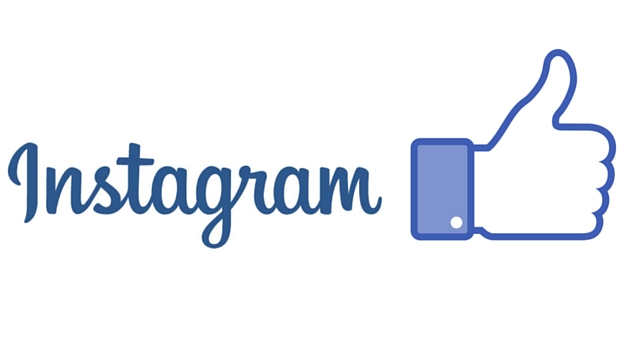Instagram is evolving…into Facebook.
By Dustin Zick
This past Wednesday, Instagram announced by way of their blog, that people “miss on average 70 percent of their feeds” and in a move to improve user experience, that feeds “will soon be ordered to show the moments we believe you will care about the most.”
The post goes on to explain that “the order of photos and videos in your feed will be based on the likelihood you’ll be interested in the content, your relationship with the person posting and the timeliness of the post.” And is careful to note that – at least in the beginning – they’re “focusing on optimizing the order – all the posts will still be there, just in a different order.”
Sound familiar? Kind of? That’s because Instagram is finally taking steps towards an algorithmic newsfeed, like their big brother Facebook. And more recently like Twitter has begun lurching towards.
The New York Times has a great piece diving deeper into the reasoning behind this move, with insight from Mike Krieger and Kevin Systrom, Instagram’s co-founders.
This shift isn’t unexpected, as Instagram opened up ads to all advertisers in recent months through the Facebook ad interface, albeit with a few odd caveats – of note is the fact that if you promote a “post” on Instagram, you’re actually promoting a copy of an existing Facebook post for that connected brand. So the likes, comments and views (if a video) attached to an Instagram add, aren’t reflected on an organic post on a page. Essentially, you cannot promote/boost an existing organic Instagram post (yet – I’d be surprised if this wasn’t in the works for 2016).
Last week, re/code reported that in an interview with an Instagram spokesperson, Instagram laid out that they have some much requested features on the roadmap for coming months, such as…
- Business profiles (akin to brand pages on Facebook)
- More data on how a brand account’s posts are doing (even if they’re not being promoted)
- And the ability to buy Instagram ads from a mobile device (either from the existing app, or a new standalone one – Facebook lets you do so from the core FB app, Facebook Pages app, or their Facebook Advertising app)
So what does all of this mean for brands? The good news is that it’s nothing inherently new – Instagram is shifting more to Facebook’s model, which isn’t a big surprise, it’s how they make money.
Knowing that, here are they major takeaways as I see them.
- There’s no set timeline in place right now. So we can only prepare to adapt. This change is coming, but Instagram only goes so far as to say that we’ll “see this new experience in the coming months.” And even when it hits, people will still have our content presented in their feeds. For now, it will all still be there – unlike Facebook.
- OK, How do we prepare to adapt? Brands need to continue to make the push to create compelling, original and creative content on Instagram. Make things that people want to double-tap to heart.
- Much like Facebook, if we create content that people like enough to interact with, it will increase the likelihood that they’ll see it more frequently. We want to foster our Instagram channels as places where at least some of the content is unique and exclusive, giving a person a reason to follow and engage on Instagram means giving them something unique that they can’t get elsewhere. Those are things like:
- Original Photos
- Short Videos
- Regrammed Content from other accounts that are highlighting your brand
- Until Instagram gives us more data behind our posts (which is coming), it’s still hard to truly measure effectiveness of Instagram content. Instagram did give us our most reliable data of how likely someone is to see our content in their blog post, telling us that the average person only see’s 30% of their newsfeed.
Ultimately, it should surprise no one that this transition is happening. It’s to help facilitate ad sales. The more relevant content you can serve to a user, the longer they’ll stay on your platform. The longer your user is on the platform, the more ads you can serve to them.
With that in mind, my gut tells me it’s highly likely that very soon after these new algorithmic news feeds go live that Instagram will begin giving brands access to special accounts with more data. They will need to if they expect more small to mid-sized brands to invest in advertising.
As the aforementioned piece re/code piece points out, 98 of Facebook’s top 100 advertisers already advertise on Instagram, so these shifts are the beginning in a series to set the right foundation so smaller brands can follow suit.
—
Dustin Zick is a Senior Public Relations Manager and Social Media Specialist out of C-K’s Milwaukee office. He’d love to hear your thoughts on this change for Instagram over on Twitter @dustinzick. Your tweets should appear to him in reverse chronological order (for now at least).
More Insights
- March 14, 2016 SXSW 2016 day 4: Be curious.
- March 13, 2016 SXSW 2016 day 3: The latest digital trend? Analog.
- March 12, 2016 SXSW 2016 day 2: A PhotoArk, a president, self driving cars and more.
